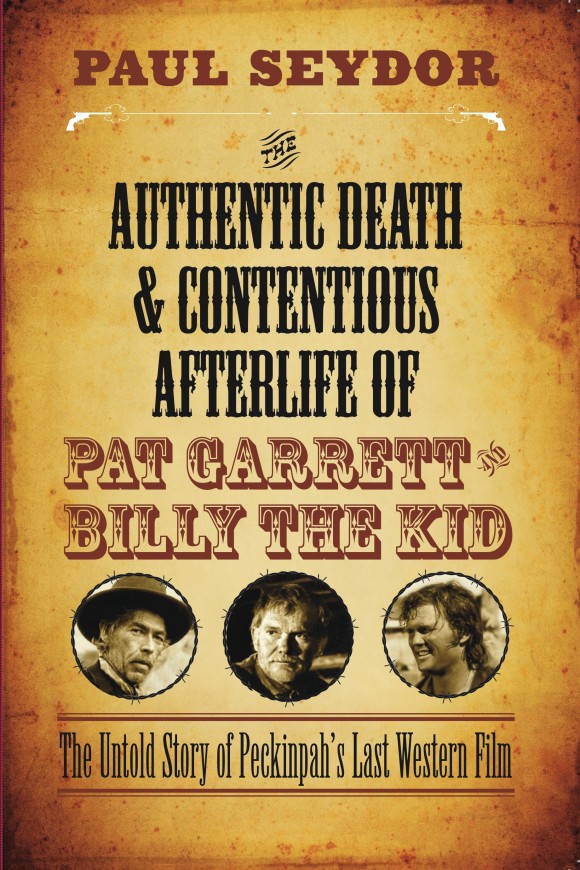Seydor Explores Peckinpah and Billy the Kid in Latest Book
March 16, 2015
Professor Paul Seydor is no stranger to Sam Peckinpah. In fact, he knows so much about the man that he just released his second book about the director’s foray into westerns. The book, entitled ‘The Authentic Death and Contentious Afterlife of Pat Garrett and Billy the Kid’, Seydor dives into the untold story of Peckinpah’s last western film.
The book itself is about the sources, origins, production, post-production, and several different versions of Peckinpah’s
Pat Garrett and Billy the Kid
, which is now considered to be one of the great, classic Western films, despite being made in the 1970s.
“The book began as an essay that I wrote for an anthology called ‘Peckinpah Today’,” said Seydor. “The 2005 special edition of the film, which I served as a consultant on, is considered controversial in some quarters. I wrote the essay to describe the five different versions of the film, and to explain the decision making rationale behind the Special Edition.”
The essay itself turned out to be a small book in of itself, Seydor thought, and decided to pursue the subject matter more.

“Since the essay was about the film and its various forms, the only logical thing seemed for me to go in search of where it came from,” Seydor continued.
This soon led him discovering that he could draw an almost direct line from the book Pat Garrett wrote in 1882 after he killed Billy the Kid (called The Authentic Life of Billy the Kid) to Peckinpah’s film 91 years later…with very few stops along the way.
“The book describes this history in detail, including the various versions of the screenplay, the troubled production, and even more troubled post production of the film. There is a particular emphasis on the editing, and concludes with a final section that views the film and Peckinpah from several different perspectives.”
All told, writing the book was a five year process, consider he did it in-between editing films and teaching here at Dodge College.
“I love Westerns…how can you not?” said Seydor when asked about his fascination with Peckinpah’s western films. “The horses and landscapes alone are worth the price of admission! But what really compelled me was Peckinpah and his work. In 1969, I saw
The Wild Bunch
for the first time and I felt that Emily Dickinson said it best: ‘You know you’re in the presence of poetry when you feel the top of your head coming off.’”
You can find Seydor’s book
on Amazon and other online booksellers.


